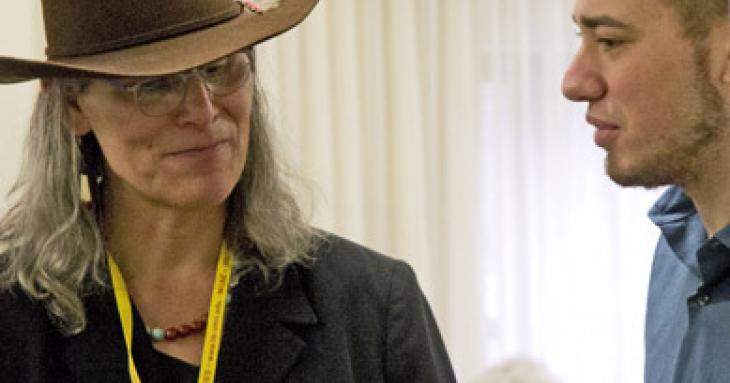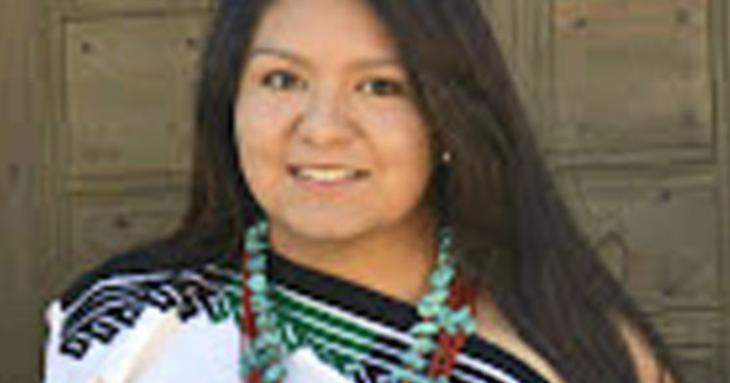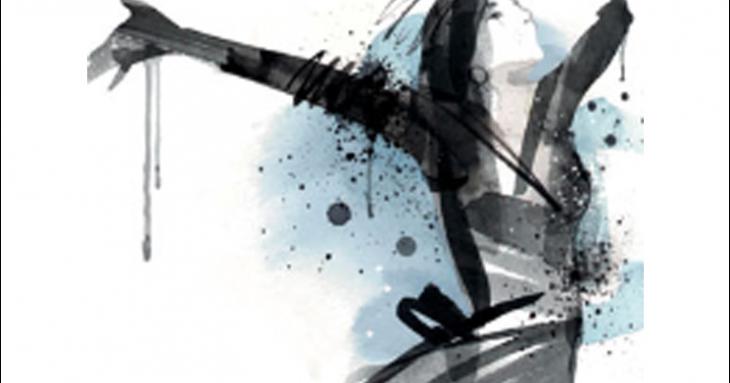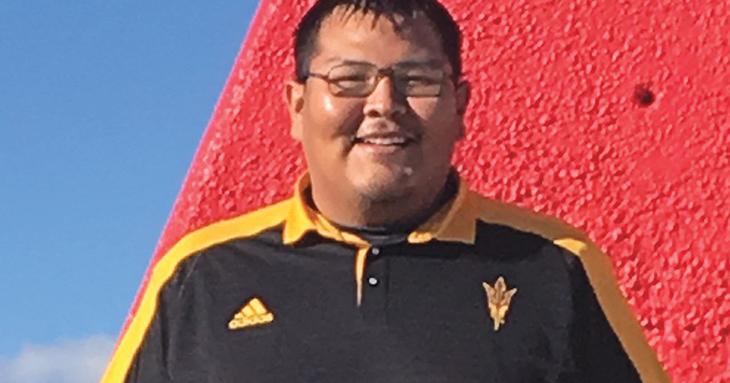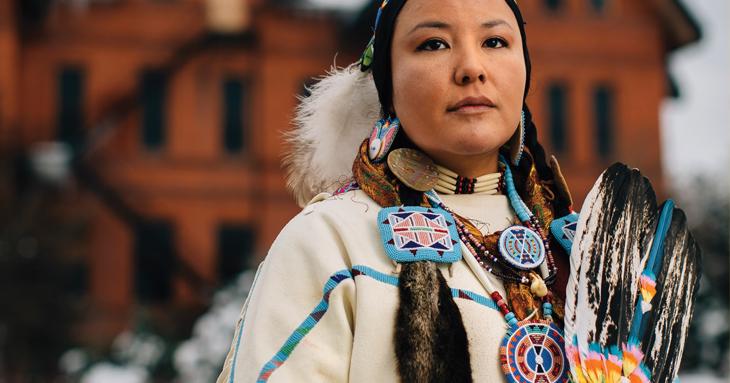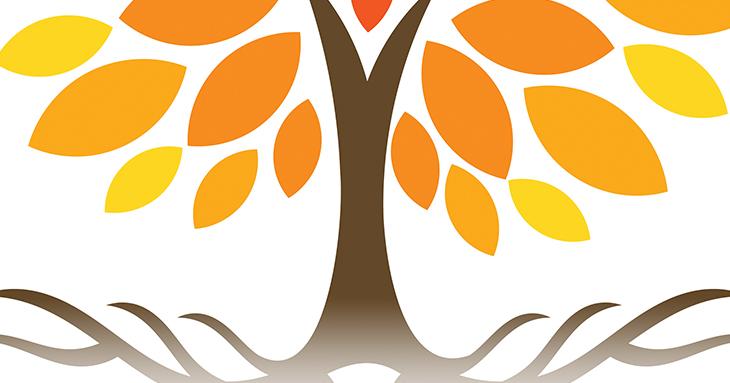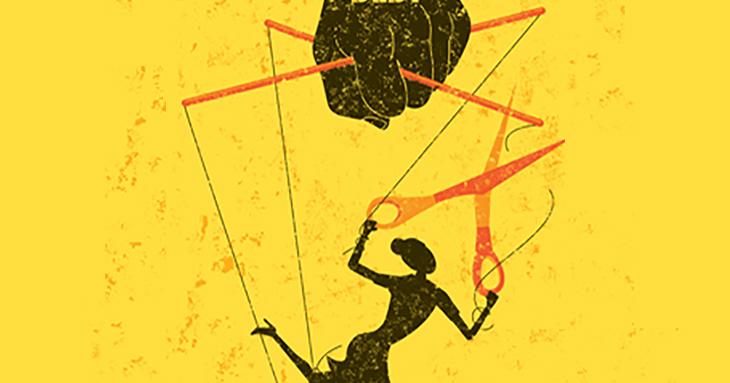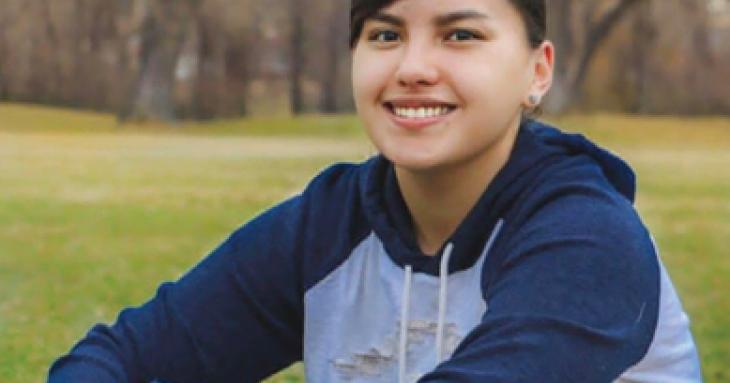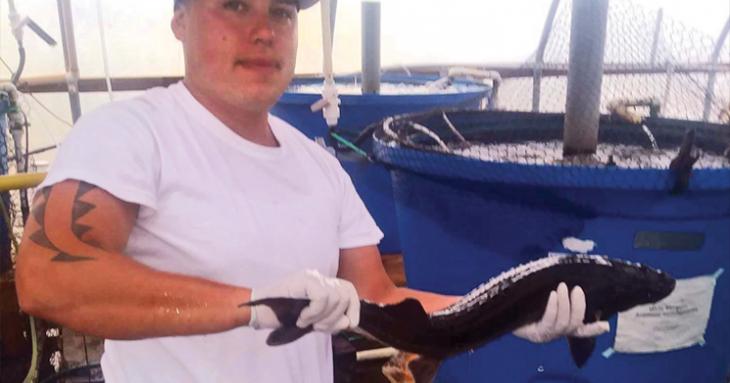-
Thinking of a Career Switch? Consider Teaching
You’ve been on your current career path for a few years — or maybe it’s only a few months — and you suspect this isn’t where you want to be long term. Maybe you don’t find the work rewarding, or you aren’t making the meaningful connections you expected. If the nagging dissatisfaction is persistent and growing, it may be time to consider switching careers. Especially if you’re looking for more personal satisfaction, a career change to teaching is something to consider.
-
ASK A PROFESSIONAL: Wren Walker Robbins, Salish Kootenai College
Wren Walker Robbins earned a PhD in cell biology, then switched careers to teaching more than a decade ago. Now the director of the Secondary Science Education program at Salish Kootenai College in Pablo, Mont., she says making the decision to switch careers should entail careful thought — and the result should reflect who you are as a person.
-
Student Q&A: Patricia Bancroft
Patricia Bancroft is a senior at Northern Arizona University majoring in biology and minoring in chemistry. She’s learned a lot, both in and outside class, including holding leadership positions in the AISES College Chapter. Here are some of Patricia’s tips on keeping that midyear enthusiasm
-
Re-energize for the New Spring Term: Here’s How to Make the Most of this Semester
It’s winter. The holiday break is a memory, and you’re settling in to the new term. And while it may seem that having been gone for a few weeks shouldn’t make a difference, we all know it does. So it’s important to think about things you can do to gear up for a great spring semester.
-
Brandon Begay / Navajo / Arizona State University / Biochemistry
I’m the first in my family to attend university. Early on, my parents told me how much school would help me in the future, but I never really thought of going to college after high school. I thought I would find a job somewhere around Shiprock, N.M., and maybe take a few classes at San Juan College, a local community college. It wasn’t until my senior year in high school that two Teach for America teachers opened my eyes to my full academic potential. They challenged me in AP Calculus and Honors Chemistry and helped me apply to several colleges and scholarships.
-
A Balanced Future: Trisheena Kills Pretty Enemy Melds Interests in Native Culture And Science
When I was six years old, my older sister bought me a toy microscope. The first thing we did was prick her finger so we could look at a drop of blood under the microscope.
-
Roots and Wings: Campus Support Networks Help Native Students Stay Grounded - and Fly High
For most students, the prerequisites for academic success include more than intro courses. To do well in a rigorous campus environment, students need a strong safety net of support that includes like-minded friends, effective mentors, and cultural affirmation.
-
Controlling Student Debt: Here’s How to Take Charge of Your Finances
The student debt crisis has been in the headlines lately, and for good reason. Student loans are now second only to mortgages as the country’s principal category of consumer debt. There are more than 44 million student borrowers with a total of $1.45 trillion in debt — the average graduate from the class of 2016 entered the workforce with more than $37,000 in student loans.
-
K’Dyn Newbrough / Lakota, Cheyenne River Sioux Tribe / Black Hills State University / Pre-Dental Hygiene
I grew up in Eagle Butte, a small town on the Cheyenne River Indian Reservation in South Dakota. I’m Lakota from the Cheyenne River Sioux Tribe. My home consisted of my parents, four siblings, many cousins, and friends. My parents have huge hearts and always welcomed children into our home.
-
Jason Jackson Reed / Hoopa and Karuk / Humboldt State University / Fisheries Biology
I grew up on the Hoopa Indian Reservation in Northern California for the first part of my childhood, then I moved to Karuk territory, specifically the Katamiin region, when I was in sixth grade. The town is very remote. Although the city’s sign says it has a population of 250, I swear I’ve never seen 250 people there before!



